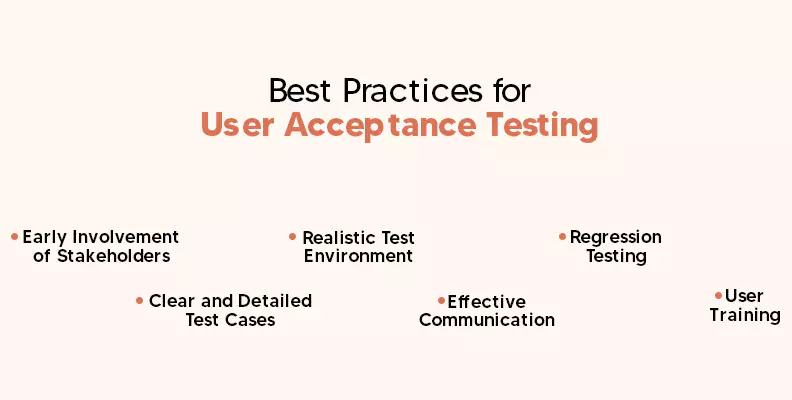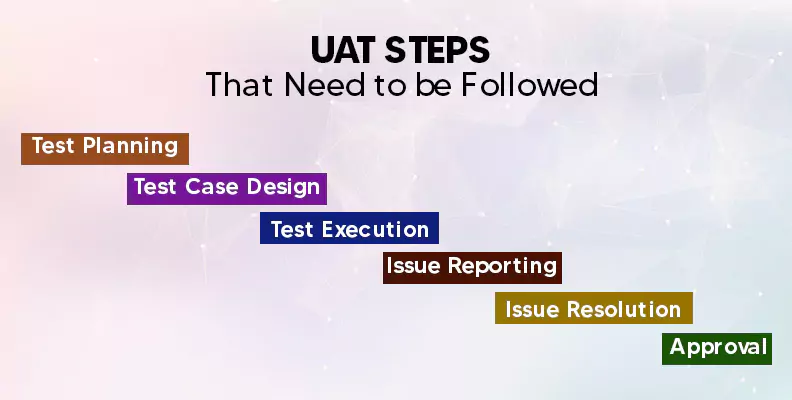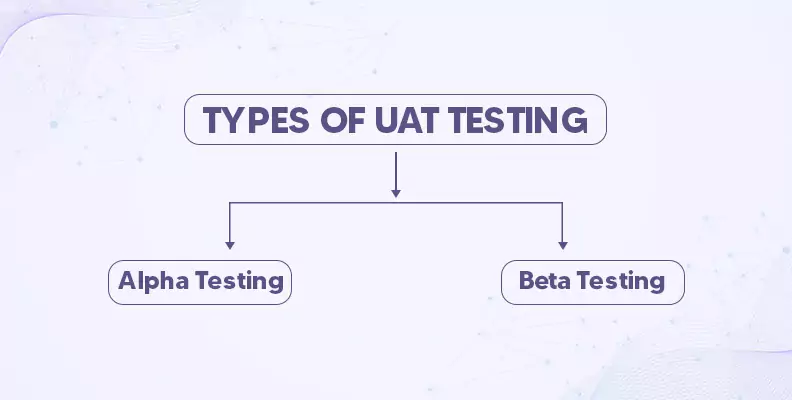Loading.....
Top 7 Best Practices for User Acceptance Testing (UAT)
User Acceptance Testing (UAT) plays a pivotal role in the software testing lifecycle, ensuring that a system meets its intended purpose and performs seamlessly in a real-world scenario. This article will delve into the significance of UAT, its main focus, the key stakeholders involved, and the best practices and steps for successful testing.
What is User Acceptance Testing (UAT) in Software Testing?
User Acceptance Testing, commonly known as UAT, is the final phase of the software testing process. It involves assessing whether the developed software meets the specified requirements and functions as intended before it is deployed to the end-users. UAT is performed by the end-users or client representatives who validate the system against their business needs and expectations.
Purpose of UAT Testing
The primary focus of UAT testing is to ensure that the software aligns with the business objectives and requirements. The purpose is to validate that the system is ready for production, minimizing the risk of post-deployment issues and ensuring a smooth user experience. UAT aims to bridge the gap between the development team and end-users, creating a collaborative environment for refining the software.
Who is Involved in Acceptance Testing?
Key stakeholders involved in UAT include end-users, business analysts, product owners, and quality assurance professionals. End-users play a crucial role as they bring real-world scenarios into the testing process, ensuring the software meets their practical needs. Business analysts and product owners contribute their expertise in defining requirements, while QA professionals facilitate and guide the testing process.
Top 7 Best Practices for User Acceptance Testing

- Early Involvement of Stakeholders: Involve key stakeholders in the early stages of development to align expectations and gather requirements. This ensures that the final product meets the intended objectives and satisfies the needs of all stakeholders.
- Clear and Detailed Test Cases: Develop detailed test cases that comprehensively cover all aspects of the system. Clear and detailed test cases provide a roadmap for the testing team, helping them execute thorough and effective testing.
- Realistic Test Environment: Create a test environment that closely mirrors the production environment. This ensures realistic testing scenarios, helping identify potential issues that may arise in the actual usage environment.
- Effective Communication: Establish open communication channels among developers, testers, and end-users. This fosters collaboration, allows for prompt issue resolution, and ensures everyone involved is on the same page throughout the development and testing phases.
- Regression Testing: Conduct regression testing to verify that new developments or changes do not negatively impact existing functionalities. This ensures that updates do not introduce unintended issues to the system.
- User Training: Provide adequate training to end-users before User Acceptance Testing (UAT). This enhances users' understanding of the system, enabling them to provide more valuable feedback during testing.
- Documentation: Maintain thorough documentation of the testing process, including test cases, results, and any identified/resolved issues. Documentation serves as a reference for future testing and ensures transparency in the testing procedures.

By adhering to these best practices, a development team can enhance the quality of their product, minimize issues, and improve collaboration throughout the software development lifecycle.
UAT Steps That Need to Be Followed

- Test Planning: Develop a comprehensive test plan outlining the scope, objectives, resources, and schedule for UAT.
- Test Case Design: Create detailed test cases based on the defined requirements and scenarios.
- Test Execution: Conduct the actual testing, following the predefined test cases and scenarios.
- Issue Reporting: Report any issues or defects encountered during testing, providing clear and concise information for developers.
- Issue Resolution: Collaborate with the development team to address and resolve reported issues promptly.
- Approval: Obtain formal approval from stakeholders once testing is successfully completed, signaling readiness for deployment.
How to Plan a User Acceptance Test
- Define Objectives and Scope: Clearly define the objectives and scope of the UAT, outlining what needs to be tested and the expected outcomes.
- Identify Test Participants: Identify and involve the key stakeholders and end-users who will participate in the testing process.
- Allocate Resources: Allocate necessary resources, including testing tools, environments, and personnel, to ensure a smooth testing process.
- Develop Test Plan: Develop a detailed test plan, covering all aspects of the testing process, from test case creation to execution and reporting.
- Training Sessions: Conduct training sessions for end-users to familiarize them with the testing process and the software functionalities.
- Execute the UAT: Begin the UAT process, following the defined test plan and addressing any issues as they arise.
- Review and Approval: Review the test results with stakeholders, addressing any outstanding issues, and obtain formal approval for deployment.

Conclusion
User Acceptance Testing is not just a checkbox in the software development process; it is a crucial phase that ensures the final product meets the expectations of the end-users. By adhering to best practices and following a systematic testing approach, organizations can enhance the quality of their software, reduce post-deployment issues, and deliver a product that truly resonates with the needs of their users.
Incorporating these best practices and steps into your UAT process can lead to a more efficient and effective testing phase, ultimately contributing to the success of your software development projects.
 Back to blog
Back to blog












